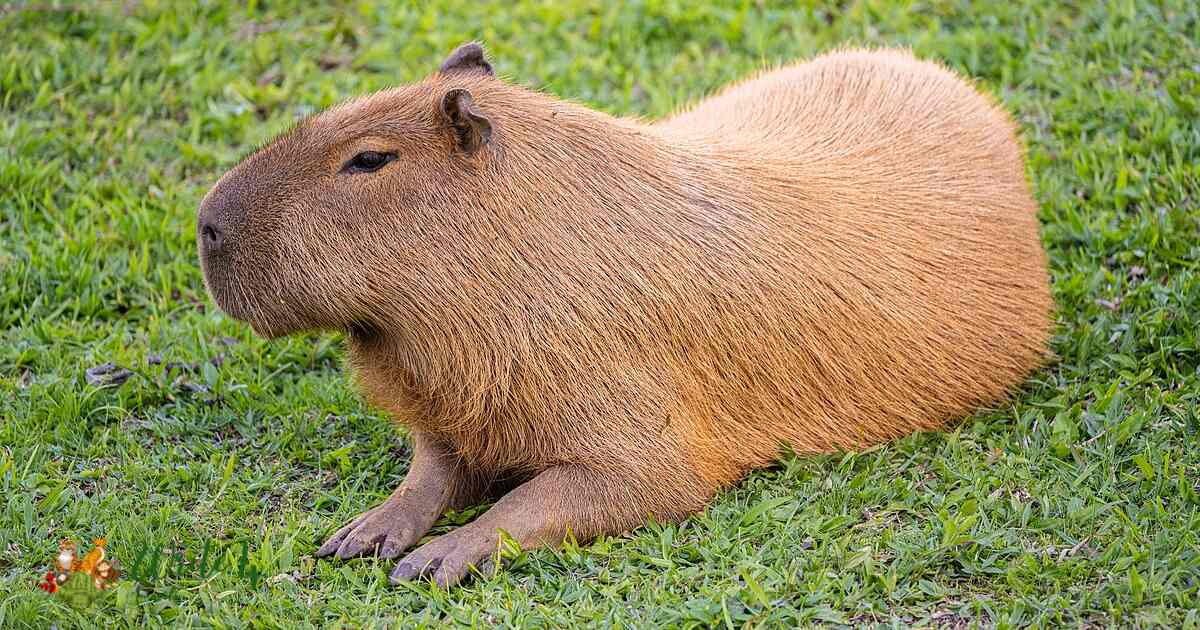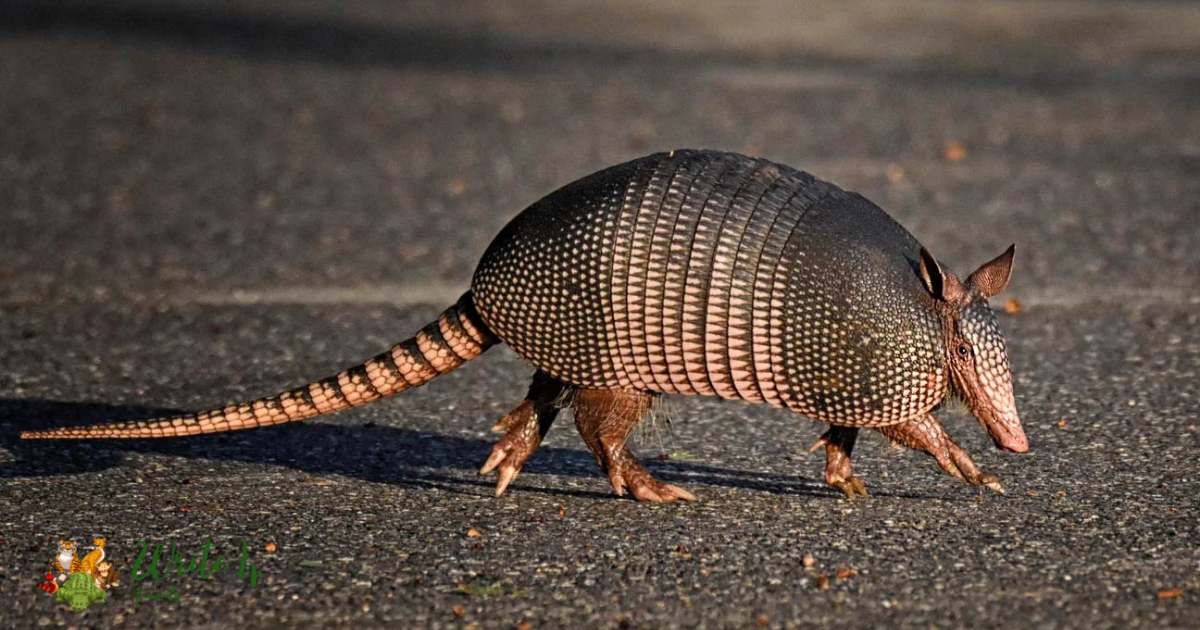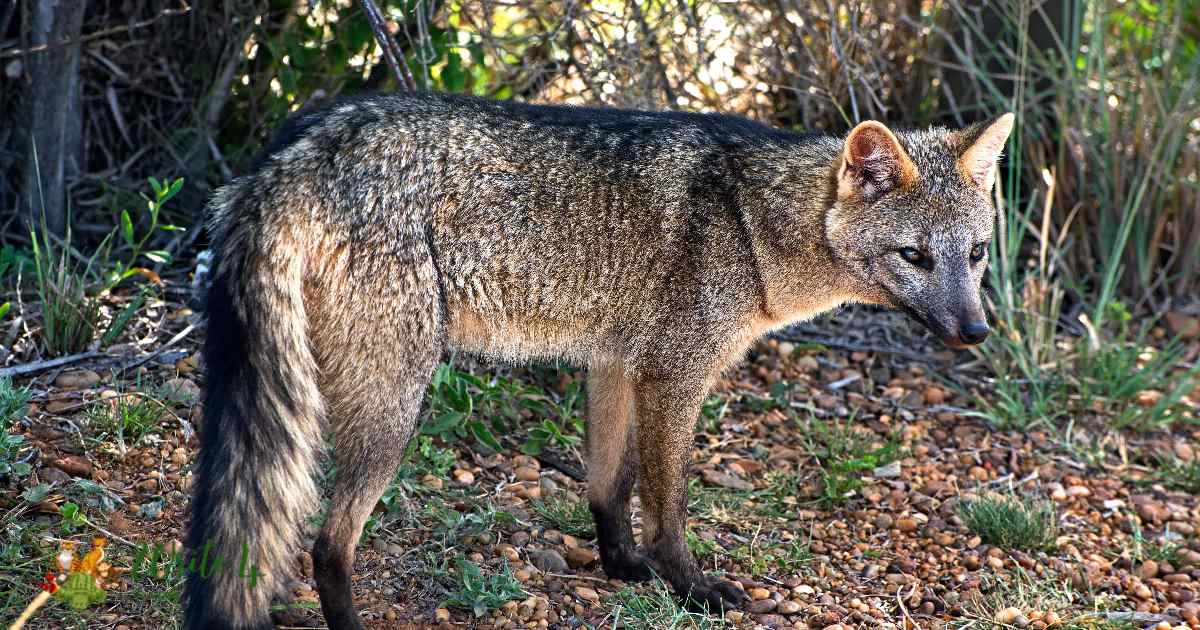Argentina, known for its diverse landscapes spanning from the Andes Mountains to the expansive grasslands of the Pampas, harbors a remarkable array of wildlife. From majestic predators to unique avian species, Argentina’s ecosystems are teeming with life.
In this blog post, we delve into the realm of Argentine wildlife and highlight 17 Argentina Animals that call this beautiful country home.
17 Argentina Animals | Animals of Argentina
1. Cougar
The cougar, known scientifically as Puma concolor, is one of the most formidable predators among Argentina animals. With its muscular build and keen senses, this solitary cat roams diverse habitats, including dense forests, scrublands, and mountainous regions.

Feeding primarily on deer, guanacos, and smaller prey, cougars play a crucial role in regulating prey populations, thus maintaining ecosystem balance. Despite their elusive nature, sightings of these majestic cats evoke both awe and respect among wildlife enthusiasts.
However, habitat loss and human-wildlife conflict pose significant threats to cougar populations in Argentina, highlighting the importance of conservation efforts to protect these iconic felines.
2. Patagonian Mara
The Patagonian mara, also known as Dolichotis patagonum, is a unique species among Argentina animals, resembling a large rodent with features reminiscent of both rabbits and deer.

Endemic to the grasslands of Patagonia, these sociable creatures live in communal burrows and are often spotted grazing in small herds. With their playful antics and distinctive hopping gait, Patagonian maras are a delight to observe in their natural habitat.
However, habitat destruction and hunting have led to a decline in their populations, emphasizing the need for conservation initiatives to safeguard these charming animals for future generations to enjoy.
3. Jaguar
The jaguar, scientifically known as Panthera onca, reigns as the largest feline predator in the Americas and holds a significant place among Argentina animals.
In Argentina, these magnificent cats primarily inhabit the remote regions of the northern provinces, where dense forests provide ample cover for their elusive lifestyle.

With their powerful jaws and keen hunting instincts, jaguars prey on a variety of animals, including capybaras, peccaries, and even caimans. However, habitat loss and fragmentation pose significant threats to jaguar populations, pushing them towards conflict with humans and livestock.
Conservation efforts, such as establishing protected areas and promoting coexistence between jaguars and local communities, are crucial for ensuring the survival of these iconic big cats in Argentina’s wild landscapes.
4. Vicuña
The vicuña, a member of the camelid family and scientifically known as Vicugna vicugna, roams the high-altitude plains of the Andes Mountains, representing an integral part of Argentina’s unique fauna.

Renowned for their incredibly soft and valuable fleece, vicuñas have long been revered by Andean cultures. Despite facing threats from poaching and habitat degradation, conservation initiatives have led to the recovery of vicuña populations in Argentina.
Today, these graceful herbivores can be spotted grazing peacefully in protected areas, where efforts to preserve their natural habitats continue to thrive.
By promoting sustainable practices and raising awareness about the importance of vicuña conservation, Argentina strives to ensure the survival of these iconic animals for generations to come.
5. Maned Wolf
The maned wolf (Chrysocyon brachyurus), despite its name, is not closely related to wolves but stands out as a unique species among animals of argentina.
Found in the grasslands and scrub forests of South America, including parts of Argentina, these solitary canids possess distinctive features such as long legs and a reddish coat with a black mane along their backs.

Primarily nocturnal, maned wolves are omnivorous, feeding on a varied diet of small mammals, birds, fruits, and vegetation. While they typically avoid human presence, habitat loss and fragmentation threaten their populations.
Conservation efforts focus on protecting their habitats, mitigating conflicts with humans, and raising awareness about the importance of preserving these enigmatic creatures.
6. Burrowing Owl
The burrowing owl (Athene cunicularia) is a charming and industrious bird that thrives in the open grasslands and agricultural areas of Argentina. Unlike most owls, burrowing owls nest underground in abandoned burrows dug by mammals such as prairie dogs and armadillos.

Recognizable by their long legs and expressive facial markings, these small owls are adept hunters, preying on insects, small mammals, and reptiles. Despite their adaptability, burrowing owls face threats from habitat loss, pesticide use, and collisions with vehicles.
Conservation efforts focus on protecting their nesting sites, providing artificial burrows, and raising awareness about the importance of preserving grassland ecosystems for these endearing birds.
7. House Wren
The house wren (Troglodytes aedon) is a common sight in gardens, woodlands, and urban areas throughout Argentina, adding melodic charm to its surroundings.
With its compact size and brown plumage, the house wren may seem unassuming, but its energetic nature and melodious song make it a beloved resident of Argentina’s avian community.

These industrious birds are known for their intricate nests, often constructed in cavities or crevices, where they raise their young. Despite their adaptability to human-dominated landscapes, house wrens face threats from habitat loss, pesticides, and competition with invasive species.
Conservation efforts focus on preserving green spaces, providing nest boxes, and promoting bird-friendly gardening practices to support the continued presence of these delightful songbirds in Argentina.
8. Harpy Eagle
The harpy eagle (Harpia harpyja) stands as a symbol of power and majesty among animals of argentina, although sightings in the country are rare. These magnificent birds of prey inhabit the remote forests of northern Argentina, where they reign as apex predators.

With their impressive size, powerful talons, and keen eyesight, harpy eagles are formidable hunters, preying on monkeys, sloths, and other large mammals. However, habitat destruction and poaching pose significant threats to their survival.
Conservation efforts focus on protecting their forest habitats, combating illegal hunting and trade, and conducting research to better understand their ecological needs.
By safeguarding the remaining forests of northern Argentina, we can ensure the continued presence of these magnificent birds for future generations to admire.
9. Anhinga
The Anhinga (Anhinga anhinga), also known as the “snakebird” due to its long, slender neck, is a fascinating water bird found in freshwater habitats across Argentina. With its sleek body and sharp, dagger-like bill, the Anhinga is perfectly adapted for its piscivorous lifestyle.

Unlike other water birds, Anhingas lack waterproof feathers, which allows them to dive effortlessly and swim underwater in search of prey. After fishing, they can be seen perched with outstretched wings, drying their feathers in the sun.
Despite their widespread distribution, habitat loss and pollution threaten Anhinga populations in Argentina. Conservation efforts focus on preserving wetland habitats, regulating water pollution, and raising awareness about the importance of protecting these unique and charismatic birds.
10. Margay
The Margay (Leopardus wiedii) is a small and elusive wildcat native to the forests of South America, including parts of Argentina. Recognizable by its striking coat pattern and large eyes, the Margay is well-adapted to its arboreal lifestyle.

With its agile movements and sharp claws, the Margay navigates the dense canopy with ease, preying on birds, small mammals, and reptiles. Despite its elusive nature, the Margay faces threats from habitat loss, deforestation, and illegal hunting for its fur.
Conservation efforts focus on preserving its forest habitat, establishing protected areas, and enforcing regulations against poaching. By safeguarding the forests of Argentina, we can ensure the survival of this enchanting wildcat for future generations to admire.
11. Ocelot
The ocelot (Leopardus pardalis) is another striking wildcat species that inhabits the forests of Argentina, showcasing a beautiful coat adorned with distinctive spots and stripes. Despite its small to medium size, the ocelot is a skilled predator, preying on a variety of small mammals, birds, and reptiles.

Known for its elusive nature, the ocelot is primarily nocturnal, using its keen senses of sight and hearing to hunt under the cover of darkness. However, habitat loss and fragmentation pose significant threats to ocelot populations in Argentina, as forests are cleared for agriculture and human settlements.
Conservation efforts aim to protect key habitats, establish wildlife corridors, and mitigate human-wildlife conflicts to ensure the long-term survival of these magnificent cats in Argentina’s diverse ecosystems.
12. Barn Swallow
The barn swallow (Hirundo rustica) is a familiar and beloved bird species found in both rural and urban environments throughout Argentina. With its distinctive forked tail and acrobatic flight, the barn swallow is a symbol of the changing seasons, heralding the arrival of spring and summer.

These migratory birds travel long distances between their breeding grounds in Argentina and their wintering grounds in South America. Despite their adaptability to human-dominated landscapes, barn swallows face threats from habitat loss, pesticide use, and collisions with man-made structures.
Conservation efforts focus on preserving nesting sites, providing artificial nesting structures, and promoting sustainable farming practices to support healthy populations of barn swallows across Argentina.
13. Capybara
The capybara (Hydrochoerus hydrochaeris) holds the title of being the largest rodent in the world and is a charismatic inhabitant of the wetlands and riverine habitats of Argentina. With its barrel-shaped body, webbed feet, and peaceful demeanor, the capybara is well-adapted for a semi-aquatic lifestyle.

These social animals are often found in large groups, grazing on aquatic plants and lounging in the sun along riverbanks. Despite their widespread distribution, capybaras face threats from habitat loss, hunting, and competition with domestic livestock.
Conservation efforts focus on preserving wetland habitats, regulating hunting activities, and promoting coexistence between capybaras and local communities.
By protecting the natural habitats of Argentina’s capybaras, we can ensure the continued presence of these charming rodents in the country’s diverse ecosystems.
14. Armadillos
Armadillos, belonging to the order Cingulata, are a diverse group of armored mammals that inhabit various ecosystems across Argentina. With their protective bony plates and powerful digging claws, armadillos are well-equipped to thrive in a range of habitats, from grasslands to forests.

These nocturnal insectivores play an important role in controlling insect populations and aerating the soil with their digging activities. Despite their adaptability, armadillos face threats from habitat loss, road mortality, and hunting for their meat and shells.
Conservation efforts aim to protect their natural habitats, mitigate habitat fragmentation, and raise awareness about the importance of preserving these unique creatures in Argentina’s ecosystems.
15. Flamingos
Flamingos are iconic wading birds known for their vibrant plumage and distinctive long necks, making them a captivating sight in the saline lakes and marshes of Argentina. With their striking pink feathers and unique feeding behavior, flamingos are not only visually stunning but also play a vital ecological role in their habitat.

These filter-feeding birds use specialized bills to sift through the water for algae, crustaceans, and other small organisms. Despite their adaptability to harsh environments, flamingos face threats from habitat destruction, pollution, and disturbance from human activities.
Conservation efforts focus on preserving their wetland habitats, regulating water quality, and establishing protected areas where flamingos can feed and breed undisturbed.
By safeguarding the habitats of Argentina’s flamingos, we can ensure the continued presence of these elegant birds in the country’s natural landscapes.
16. Rufous Hornero
The rufous hornero (Furnarius rufus) is a small but resilient bird known for its distinctive mud-built nests, which resemble miniature clay ovens, hence its nickname as the “ovenbird.” Found in open woodlands and grasslands throughout Argentina, the rufous hornero is a symbol of resilience and adaptability.

Despite their small size, these industrious birds play a crucial role in their ecosystems by controlling insect populations and aerating the soil with their digging activities. However, habitat loss and fragmentation pose threats to rufous hornero populations, as grasslands are converted for agriculture and urbanization.
Conservation efforts focus on preserving their natural habitats, providing nesting materials, and raising awareness about the importance of maintaining healthy ecosystems for the survival of Argentina’s rufous horneros.
17. Crab-eating Fox
The crab-eating fox (Cerdocyon thous), also known as the “zorro de monte” or “zorro de campo” in Argentina, is a versatile canid species adapted to a diverse range of habitats, including forests, savannas, and wetlands.

Despite its name, this adaptable predator consumes a wide variety of prey, including small mammals, birds, insects, fruits, and, yes, even crabs when available. With its bushy tail and reddish coat, the crab-eating fox is well-camouflaged in its natural environment, making it an elusive sight for observers.
However, habitat loss, fragmentation, and persecution by humans pose significant threats to crab-eating fox populations in Argentina. Conservation efforts focus on preserving their habitats, mitigating human-wildlife conflicts, and raising awareness about the importance of coexisting with these fascinating canids in Argentina’s diverse landscapes.
Recommended
1. Blue Labrador Retriever: Lifespan, Facts and More | Silver labrador retriever
2. 15 Italian animals | Animal of italy
